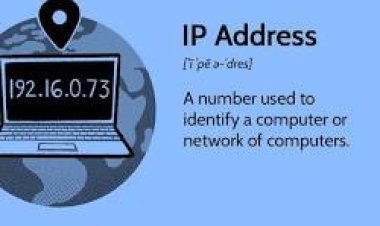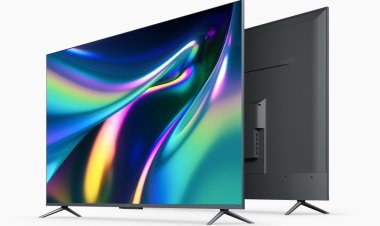how to find hidden apps

Have you lent your phone to someone you don't trust much and now suspect that they have installed unwanted applications on your device without your knowledge? Were you reading a guide on the Net in which, to continue, you are asked to use some system apps , but you, by opening the list of those installed on your device, do not see even one?
I fully understand both of these situations and, if you give me a few minutes of your free time, I would like to help you "see more clearly" about it. In the course of this tutorial, I will explain how to find hidden apps both on mobile devices (therefore on Android and iOS / iPadOS) and on PC.
There are many ways to "hide" the applications installed on a device and it will be my responsibility to present you with a comprehensive overview of the most popular ones. I assure you that it is not necessary to be an IT expert to use it (also because several of these systems are integrated into the same operating system of smartphones, tablets and PCs). I would say, therefore, to immediately take action. Happy reading and a big good luck for everything!
How to find hidden apps on Android

In the following chapters, I'll show you the most popular ways to hide apps on Android and how to find them accordingly. Also, I will tell you how to be able to see system apps on Samsung , Huawei and Xiaomi devices .
In this regard, I make an important premise: system apps are applications that are essential for the operation of the smartphone (or tablet) operating system. It goes without saying that using these apps carelessly could compromise the smooth functioning of Android. So be very careful and only use them if you are sure of what you are doing. Then don't say I didn't warn you! Here are all the details.
How to find hidden apps on Samsung
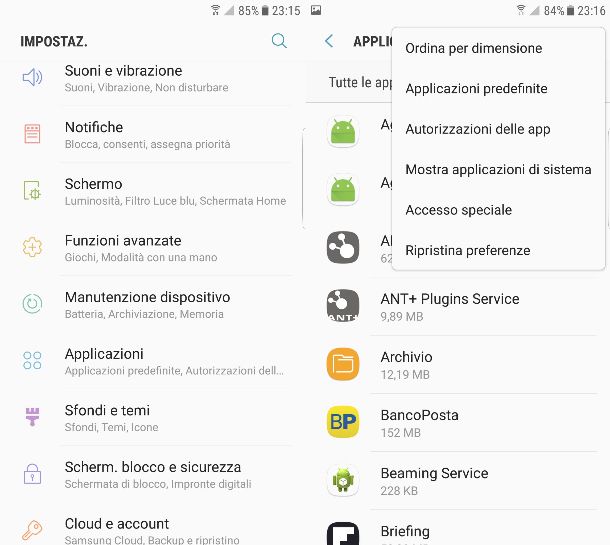
First, I'll show you how to view the system apps that Android does not normally list in the list of those installed on the device. If you are using a Samsung smartphone , to do this, simply slide your finger down starting from the upper edge of the display and press the gear icon at the top, in the right corner (in order to access the Settings ).
Then, scroll down the list of settings and tap on the Applications item , and then press the ⁝ icon located at the top right. Finally, click on Show system applications . Simple, isn't it? On Samsung smartphones, there is also an easy way to find hidden apps. Just open the drawer (the latter is a sort of "virtual drawer" in which all the apps installed on the device are displayed) by sliding your finger upwards starting from the bottom edge of the screen.
Then, tap on the ⁝ icon at the top right and, from here, press on the Home screen settings item and then tap on the Hide app box . At this point, to view hidden apps simply press on the Hidden Applications tab . For other details on this procedure and the other ways to "hide" applications on Samsung devices you can read my tutorial dedicated to the topic in question .
How to find hidden apps on Huawei
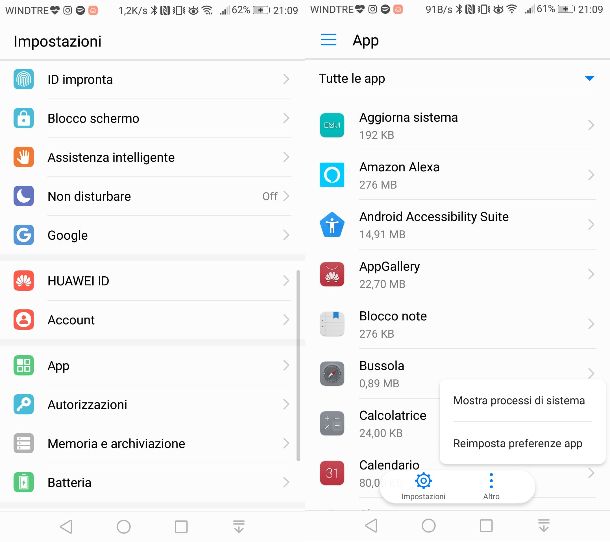
If you are using a Huawei phone , to view the system apps that are normally hidden, just press the gear icon to access the Settings menu . Then, go to App , tap on the item More (below) and, finally, press on the item Show system processes .
For more details on these procedures and spy apps on Huawei, I suggest you take a look at my tutorial on how to find hidden apps on Huawei phones .
How to find hidden apps on Xiaomi
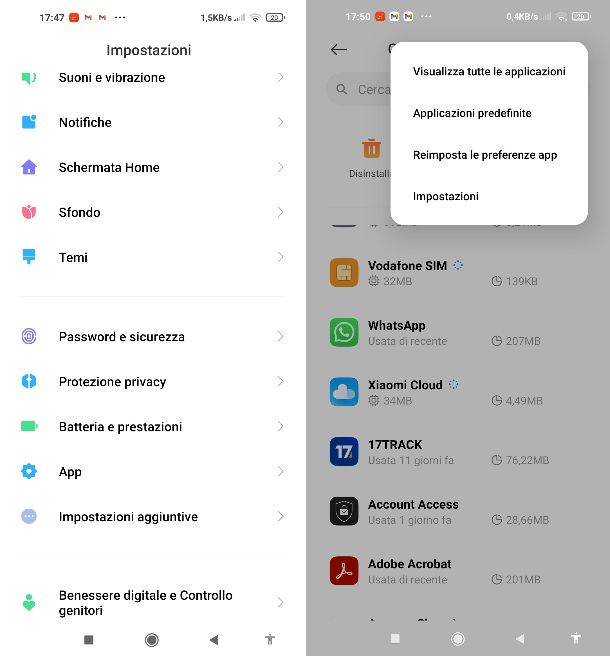
The procedure for viewing system apps on Xiaomi phones is quite similar to the ones I showed you in the previous chapters. Just access the Settings menu (the gear icon ) and press the App item on the screen that opens.
Then press on the Manage app item , then tap on the ⁝ icon at the top right. Finally, press on the item View all applications . Done! You will notice that the list of apps installed on your device will be much more extensive, since the system ones will also be shown.
You should also know that Xiaomi phones allow you to create hidden copies of the Gallery app , the one in which you can view the images stored on the device. To check if a “hidden” Gallery app has been created, just go back to the App item in the System Settings menu and then tap on the System App Settings item . Then press on the Gallery item and, from here, press on the Show hidden albums item .
Folders
Android, just like computer operating systems, offers the ability to group apps into folders . These are then visible, on the Home screen or in the other pages of the system menu, as icons that contain groups of smaller icons within them. Therefore, if you remembered having previously installed an app but you can't find it at first glance at the system menu, I invite you to check the folders as well.
To open a folder, just tap on its icon . Also know that in some launchers you can also use folders in the drawer . To open the drawer, tap the white button with the six dark dots in the center of the Dock (the last row of apps at the bottom of all system pages) or, alternatively, slide your finger from the bottom edge of the display towards the top.
Launcher
I mentioned in the previous chapter the launchers , that is the apps that can replace the default Android Home screen by offering various customization options in addition to the latter. Well, you should know that several launchers allow you to hide apps directly from their settings.
Below I will show you how you can view hidden applications in Nova Launcher , one of the most popular launchers on the green robot operating system (the feature to hide apps is only available in its paid version, Nova Launcher Prime ). First, perform a long tap on a point without icons on the screen or Home or on another page of the system menu, then press on the Settings item at the bottom right.
Press, then, on the Menu item of the apps and, subsequently, scroll the menu and tap on the item Hide app . At this point, hidden apps will be marked with an orange box with a check next to their name. Just press on these boxes to ensure that the apps are displayed again in the drawer of your device.
Play Store
The Play Store , the Google virtual store from which you can download apps for Android, keeps track of the various applications that you have chosen to install with a Google account . Therefore, I invite you to also check the list of apps available on the store in question, then going to compare it with that of the applications in the system menu, to see if there is something wrong.
To do this, simply tap on the Play Store icon that you find on the Home screen or in the other pages of the system menu (it has the symbol of a colored triangle on a white background), then press the ≡ icon at the top of left (next to Search apps and games ) and tap on My apps and games . At this point, press on the Installed tab at the top and here is the list of all the apps on your device. You can also open them directly from here, by tapping the Open button next to the name of each.
Second space and guest mode
You should know that Android allows you to create a "virtual space" that can be used by a user to independently install apps that will not then be displayed in the system menu or even in the operating system drawer when this is used in a "normal" way.
On Xiaomi phones the function I'm talking about is called Second space and you can easily check if it has been activated without your knowledge. To do this, open the System Settings (the gear icon ) and press on the items Special features> Second space .
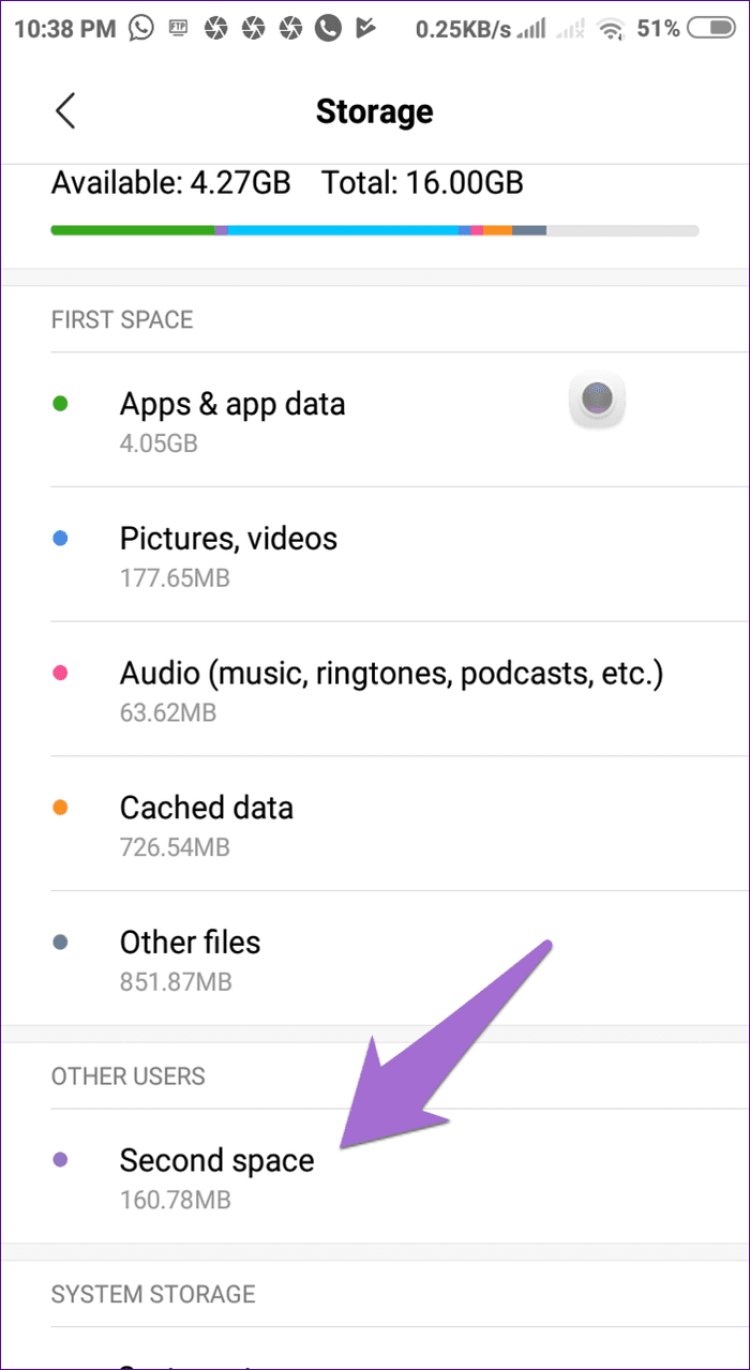
If the option was previously enabled, you will see the Go to second space button and you will be prompted to type an unlock code or use your fingerprint . If not, you will only find a button on the page with the words Activate second space . On other Android phones there is a similar feature to the one I just told you about called Guest Mode .
To check if the option is active, swipe your finger down starting from the top edge of your device display, at this point, in the drop-down menu there should be a face icon , top right, next to to that of the system settings gear . By pressing on the face icon you will be asked for the fingerprint or unlock pattern of the person who set the mode (if the latter is active).
Third party apps
On Android it is possible to install different applications inside them, which will consequently be hidden and not present on the Home screen or in the drawer. The vast majority of these "container" apps are not verified from the point of view of privacy and, therefore, I advise you not to resort to such solutions, but unfortunately they are very widespread.
The most used applications that fall into this category are Parallel Space and Shelter (which I also told you about here ). Check immediately, therefore, if one of these two apps is present in the system menu or in the drawer of your device. Parallel Space has a colored P icon on a white background while the Shelter icon is an egg on a dark background.
To check the list of apps installed in Parallel Space, just tap on the colored P icon and check the main screen (that of the Parallel Space board ). To check those contained in Shelter , instead, tap on the egg icon , then press on the Shelter tab . Then? Have you found at least one of these two apps on your device?
In addition to what I have told you so far, also know that other container apps are very popular on Android, with similar operation to those I have just listed, which have the appearance of a calculator and actually hide hidden apps inside them. : Smart Hide Calculator , Calculator Vault and Calculator (just to name a few).
All of these, upon opening, will show themselves as ordinary calculators. However, by typing on the keyboard the numerical sequence corresponding to the password set by the person who installed the apps in question, it will be possible to access a reserved area with some hidden apps. Therefore, check carefully the calculator-shaped icons on the system menu pages or in the app drawer. Furthermore, I inform you that on the phones on which the root has been carried out (ie the unlocking of the functions normally inaccessible on Android), it is also possible to hide apps with other dedicated applications, such as AppHider .
The iOS operating system of the iPhone provides some simple solutions to view the applications that have been hidden and, therefore, it will be my care to show you, in the next chapters, how to find hidden apps on the iPhone .
Starting with iOS 14 , the App Library is available . It is a "virtual archive" in which it is possible to view the applications installed on the device that are not normally shown on the Home screen. Precisely for this reason, the applications included in this section, if you are not familiar with it, may seem "hidden" to you.
Opening the App Library is really a breeze: just go to the Home screen of your iPhone, slide your finger to the left and that's it, all the applications on your device will be displayed and automatically grouped into categories by genre.
To bring an app back to the Home screen, simply perform a long tap on its icon and press the Add to Home item in the context menu. Then? Have you already found the app you were looking for?
By enabling some restriction functions , on the iPhone it is possible to "block" apps by setting a PIN code that will prevent their use. This way you can restrict access to individual system apps or groups of third-party apps (divided into categories). How to remove restrictions on these apps? It's very simple. First of all, tap on the gear icon (the Settings one ) that you find on the Home screen , then press on the Usage time item .
Then press on the icons of the apps or categories of apps you want to unlock. If you intend to unlock app categories, press on the item App restrictions and enter the PIN code set previously. Then tap on the icon of the category you want to unlock and, from here, double-click on the Delete limitation button at the bottom. Repeat these steps for each category to be unlocked.
If, on the contrary, your intent is to remove the limitations on a single app, click on the Always allowed item that you find in the Usage time item menu . Next, tap on the Choose app item , and, at this point, press the (+) button next to the name of each app you want to unlock.
If the blocked apps are those pre-installed on iOS ( Safari , Mail and others) go back to the Usage time item in the System Settings menu . Then, tap on the item Contents and privacy and press on the item Allowed apps . Then tap on the switches next to the app names to return to using the app normally.
How to find spy apps on iPhone
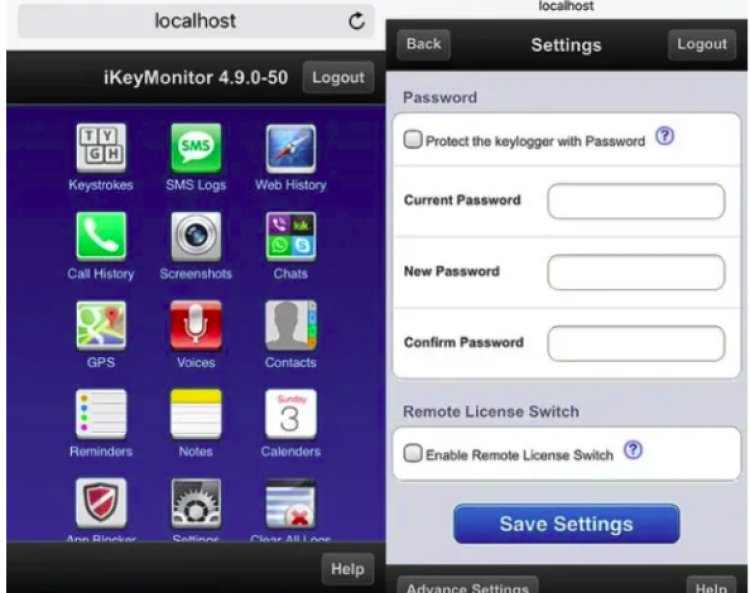
You must know that on iPhones , especially those unlocked by jailbreak , it is possible that spy apps lurk . These applications, which being "hidden" do not appear in the list of those installed on the device, keep track of the information present on the device, constituting a serious danger to privacy. There are several ways to access and remove these apps.
One of these is to open the Safari browser , by pressing the blue compass icon on the Home screen or in the App Library , and typing the addresses localhost: 4444 or localhost: 8888 . Alternatively you can use the telephone dialer (the telephone handset icon ) and type the sequence *12345into the latter. Using these procedures you should be able to access the control panel of the spy apps on your device (if any).
If you manage to overcome any password to access the app-spy you should then be able to press the switch that allows you to view the app in question in the list of those installed on the device and, at that point, remove it as you normally do with the iOS app . For more details on these procedures, I refer you to my guide on how to find hidden apps on iPhone .
How to find hidden apps on your PC
Speaking of hidden apps , a mention should also be made of the PC and Mac discourse . Even on Windows and macOS, in fact, thanks to parental control systems and some third-party programs it is possible in some way to "hide" or limit the use of apps.
How to find hidden apps on Windows
The Windows 10 operating system has an integrated parental control function that allows you to limit the use of certain functions and applications of the PC. Before proceeding further, however, I inform you that the option I am talking about can only be used with a Microsoft account .
The user subject to parental control restrictions is the one set as a “child” in the family account. To remove the blocks from this account you must press the Start button (the one with the Windows flag generally located at the bottom left of the screen), and then press the gear icon in the menu that opens. At this point, go to Accounts> Family & Other Users> Manage Family Settings Online .
Then log in by typing your Microsoft account data ( email and password ) in the appropriate fields, then click on the account name subject to restrictions and click on the App and game limits tab . Here you should press on the switch located under the entry Time Limits (so that the entry Deactivate is shown ). For further details on this procedure you can check what is specified on the Microsoft website . If, on the other hand, you want to remove the blocks related to the time of use, in general, of a Windows PC, take a look at the tutorialthat I wrote about it.
How to find hidden apps on Mac
MacOS also has a parental control feature : this is Usage Time , which I also told you about in the chapter dedicated to iPhone and iPad . Operation is practically the same.
To adjust its settings, go to System Preferences (the gear icon you see on the Dock bar), then go to Screen Time and select, from the left sidebar, the options you want to change.
Those relating to applications can be found in App limitations and Content and privacy . Of course, in order to change any active restrictions, you will need to enter the relevant unlock code .
Alternatively, if you have happened to simply see a program “disappear” while you were using it on your Mac desktop, you may have inadvertently pressed one of the combinations that allow you to hide programs running on macOS .










